Ssangyonggul Cave (Hallim Park) (쌍용굴 (한림공원))
7.8 Km 23189 2022-09-13
300, Hallim-ro, Jeju-si, Jeju-do
+82-64-796-0001
Ssangyonggul Cave, a designated Natural Monument, is one of the representative lava tubes of Jeju Island along with Hwanggeumgul, Socheongul, and Manjanggul caves. The cave measures approximately 400 meters in length, 6 meters in x_width, and 3 meters in x_height. It is thought to have been created by lava that erupted from Hallasan Mountain some 25 million years ago.
One of the unique features of this particular cave is that it has features of both a lava tube and a limestone cave. The entire area surrounding the cave is a huge stratum of seashells and sand, while the interior is a mystical mix of stalactites and stalagmites. Lime covers the cave walls in a series of natural swirls and streaks, bringing to mind the strokes of an abstract painting. Since the cave stays at a constant 17-18℃ throughout the year, it’s a welcome escape from the heat in the summer and a great place to warm up in the winter.
The cave gets its name from its two branches, which are said to look like the paths of two dragons (‘Ssangyong’ meaning ‘two dragons’ in Korean). It is thought that Ssangyonggul Cave and Hyeopjaegul Cave were once one cave since the second entrance of Ssangyonggul Cave is so close to the end of Hyeopjaegul Cave.
Stone Grandfather Restaurant (돌하르방)
7.8 Km 15431 2020-05-29
300, Hallim-ro, Jeju-si, Jeju-do
+82-64-796-0001
Located in Jaeam Folk Village (Hallim Park), the restaurant is spacious and is well known for its traditional local dishes such as charcoal-grilled Jeju pork, seafood and mung bean pancake, nutritious sea urchin soup, and jopssalju (Jeju-style wine made of millet and yeast). It also serves cold herb naengmyeon in the summer and pheasant buckwheat kalguksu (knife-cut noodles) and a local dish called pheasant bingtteok in winter.
Hallim Park (한림공원)
7.8 Km 100735 2023-03-13
300, Hallim-ro, Jeju-si, Jeju-do
+82-64-796-0001
Hallim Park is one of the most popular tourist spots on Jeju Island, located approximately 33 kilometers west of Jeju-si and Hallasan Mountain along the beach in Hallim-eup. It faces the pleasant scenery of Biyangdo Island, Hyeopjae Beach, and Geumneung Beach. The park was established in early 1971 on barren land with the importation of tons of earth and the planting of assorted subtropical plants.
Hallim Park, reaching almost 100 thousand square meters, has a variety of gardens that can be enjoyed in any season. Visitors can enjoy Palm Tree Road, Jeju Stone and Bonsai Garden, Water Garden, Subtropical Botanic Garden, and much more. The most famous tourist sites in Hallim Park are Hyeopjaegul and Ssangyonggul Caves, known to be the only two-dimensional caves in the world. In addition, a folk village, children's amusement park, and outdoor resort facilities make it enjoyable for both children and adults.
CU - Jeju Hyeopjae Jecheon Branch [Tax Refund Shop] (cu제주협재제천점)
8.1 Km 0 2024-06-27
329-8, Hallim-ro, Hallim-eup, Jeju-si, Jeju-do
-
Hyeopjae Beach (협재해수욕장)
8.1 Km 126452 2024-04-02
329-10 Hallim-ro, Hallim-eup, Jeju-si, Jeju-do
Hyeopjae Beach, encircled by lush pine forests, seamlessly extends into Geumneung Beach. The beach features smooth white sand, shallow waters, and a gentle slope ideal for swimming. Camping is available at Songlim, along with various amenities. The view of the emerald-colored sea and the distant Biyangdo Island offers magnificent scenery, with the sunsets being particularly breathtaking.
Olive Young - Jeju Hyeopjae Branch [Tax Refund Shop] (올리브영 제주협재점)
8.1 Km 0 2024-06-27
336, Hallim-ro, Hallim-eup, Jeju-si, Jeju-do
-
Biyangdo Island (비양도)
8.6 Km 30878 2023-01-18
146, Hallimhaean-ro, Jeju-si, Jeju-do
+82-64-796-7522
Meaning “to fly over,” Biyangdo Island is the last-formed volcanic island in Jeju (1002). It remains in its original form as a parasitic volcano and it is located in the center of an uncontaminated area of the sea having abundant fishing grounds with varied fish species. The island has many natural formations, including Biyangbong Peak, featuring six mysterious peaks, two craters, and a rock formed like a mom carrying her baby on her back. The island has many walking paths to view these attractions and more.
Jeju Glass Castle (제주 유리의성)
9.4 Km 87323 2024-03-15
462 Nokchabunjae-ro, Hangyeong-myeon, Jeju-si, Jeju-do
+82-64-772-7777
Jeju Glass Castle is a theme park centered around glass art, featuring exhibition halls, gardens, and an array of glass sculptures. The park showcases nearly 250 glass structures across six different areas, which include the world's first glass maze, the world's largest glass globe, and various glass creations such as diamonds, fences, and bridges. Additionally, it houses works by famous glass artists from around the world, including those from Italy, Czech Republic, and Japan.
Moonsso Jeju Hyeopjae (문쏘 제주협재점)
10.1 Km 0 2024-03-20
15-5 Hallimsang-ro, Hallim-eup, Jeju-si, Jeju-do
Moonsso is located near Ongpo-ri Port. It is a fusion restaurant inspired by the cuisine of Okinawa. Its signature menu is the Chinese-style Sand Crab Curry, which features a whole Jeju sand crab. Indeed, this restaurant uses Jeju specialties like sand crab, black pork, and mackerel to create unique menus. Moonsso is one of the Top 100 restaurants chosen by Ctrip "Misingnim," the “Asian Michelin Guide”, in recognition of its fine dining offerings made using Jeju’s local specialties. From the entrance, there are five different concepts of interior rooms, each with its own uniquely photogenic atmosphere in both exterior and interior. Nearby sights include Hyeopjae Beach and Geumneung Beach.
Chocolate Museum (초콜릿 박물관)
10.8 Km 63598 2022-12-27
144, Iljuseo-ro 3000beon-gil, Daejeong-eup, Seogwipo-si, Jeju-do
The Chocolate Museum in Seogwipo, Jeju is the second largest chocolate museum in the world (the largest being the Cologne Chocolate Museum in Germany). Built using volcanic scoria unique to Jeju, the museum looks like an ancient castle and seems to complement the surrounding natural environment. The front yard measures 5,000 meters squared and is surrounded by a low-lying fence made of rough stones, giving even passerbyers a great view of the museum's front garden .
At the entrance to the museum, a whimsical statue of a cacao god greets visitors. The museum has three floors and houses a gallery, a theater, a café, a workshop, and a chocolate store. The most popular exhibits are the gallery with various exhibits on chocolate and the workshop showing the chocolate-making process. The chocolate produced at the museum is available for both sampling and purchase. In addition, the 'Collection Square' features a wide array of chocolate cases and other items that Mr. Han Ye-seok, the museum director, has collected from around the world.
In the 'Chateâu Chocolat: Real Chocolate Place' chocolate shop at the Chocolate Museum, visitors can get a taste of hand-made chocolates. The Chateâu Chocolat is a retail chocolate chain with franchises in Gyeongbokgung, Apgujeong, Itaewon, and Changdeokgung in Seoul, and Yangyang and Somdari in Gangwon-do.

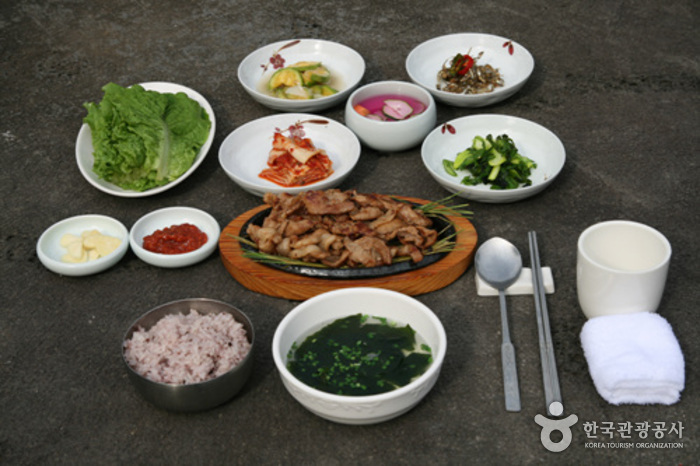
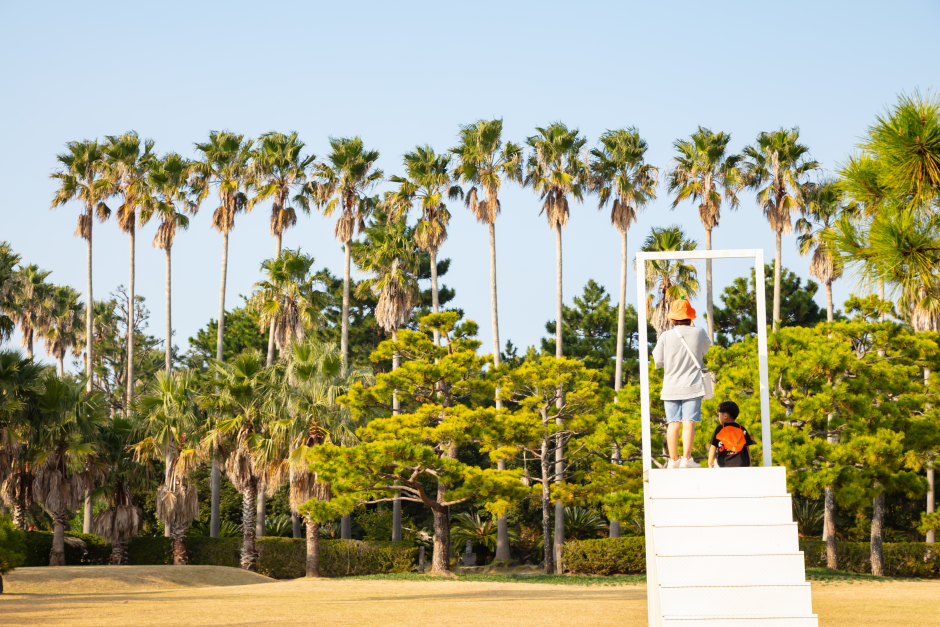
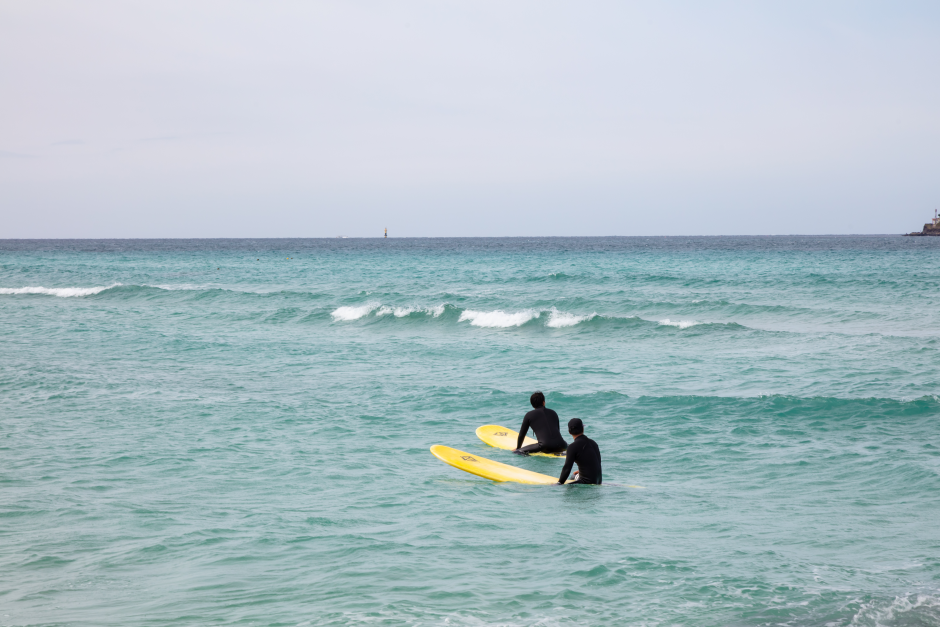
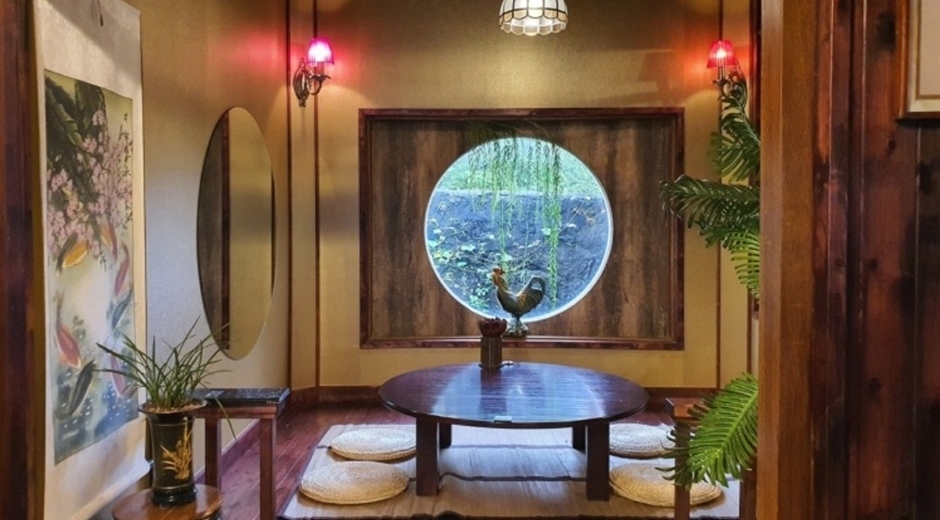
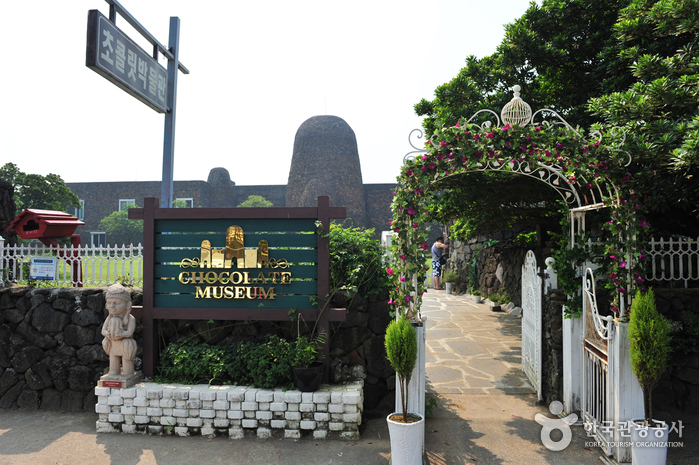
 English
English
 한국어
한국어 日本語
日本語 中文(简体)
中文(简体) Deutsch
Deutsch Français
Français Español
Español Русский
Русский